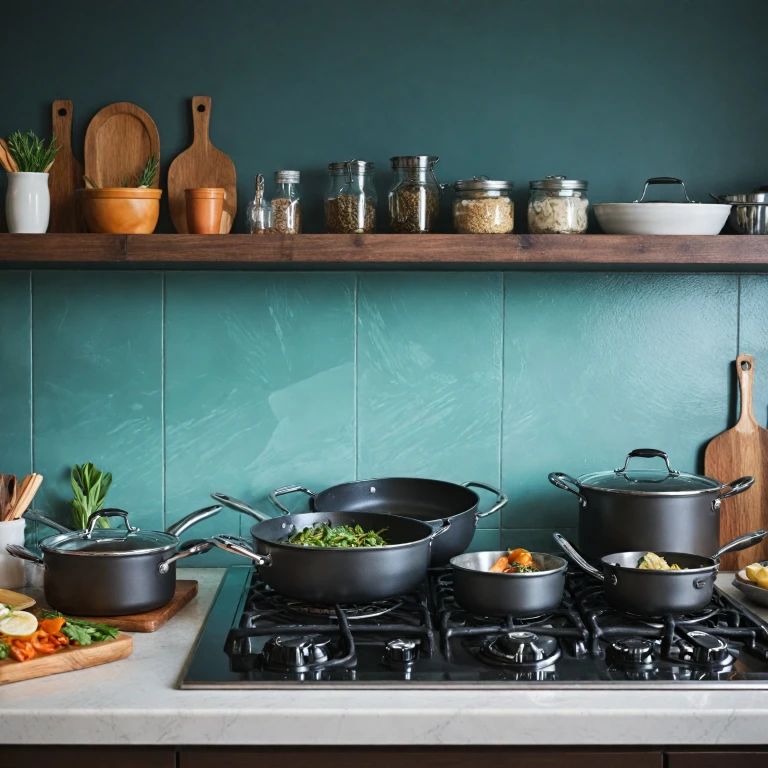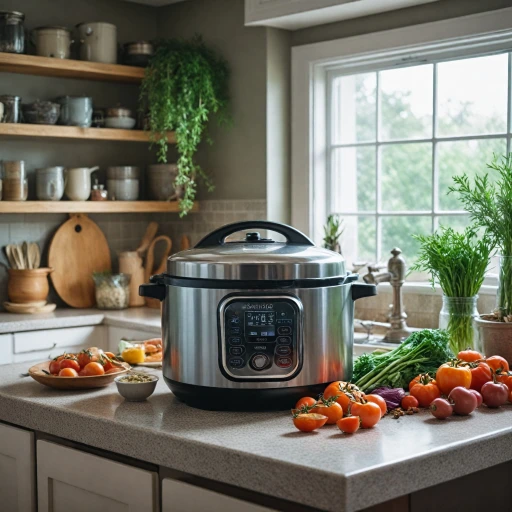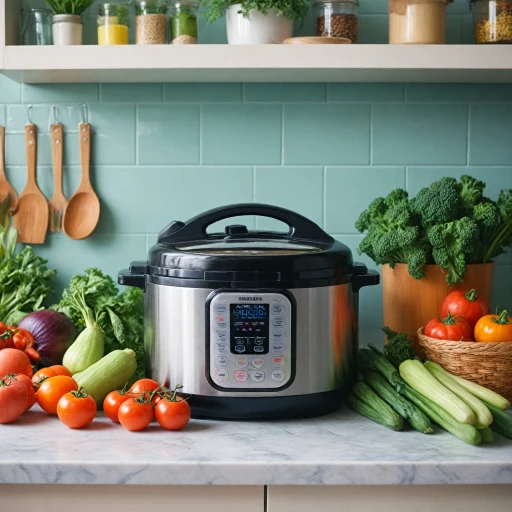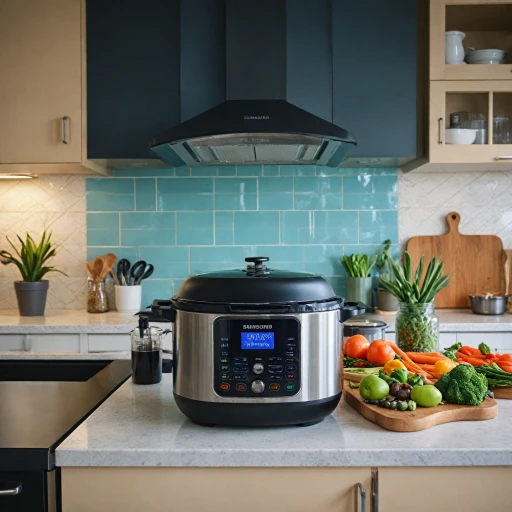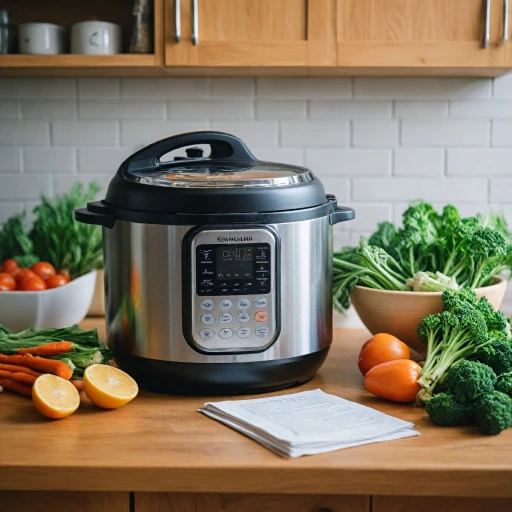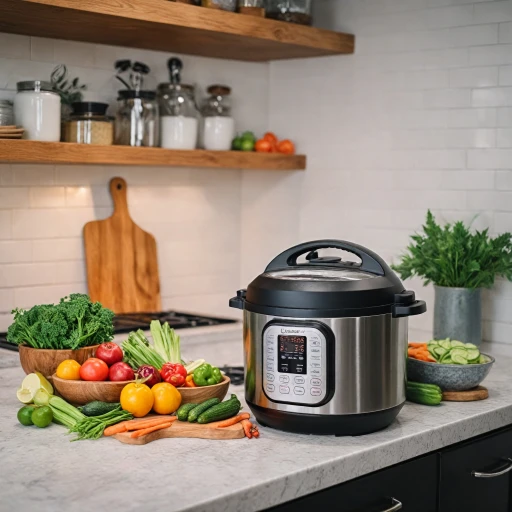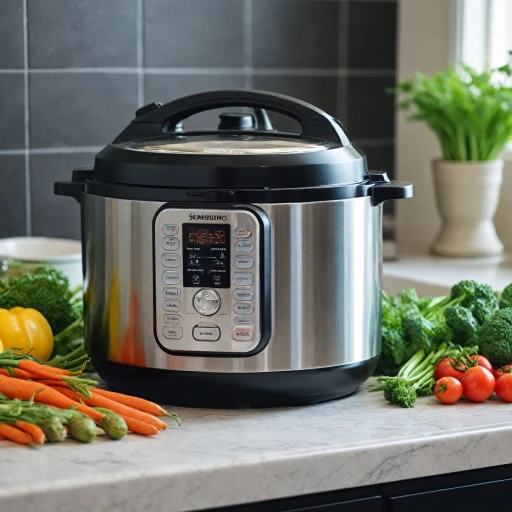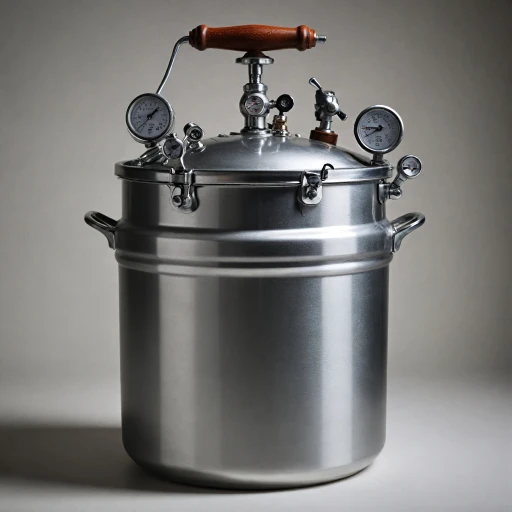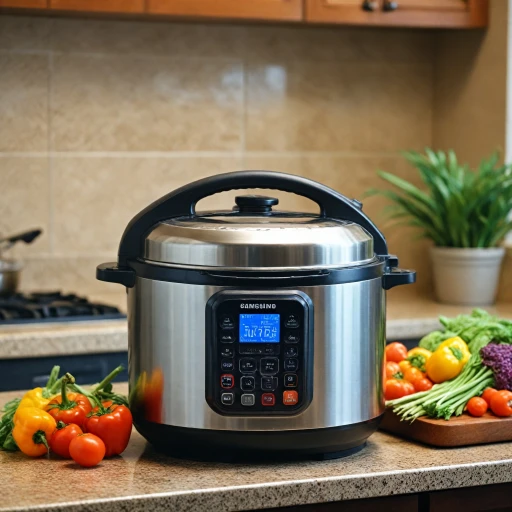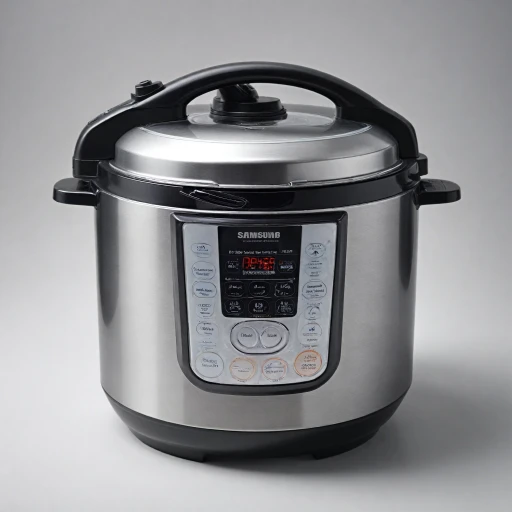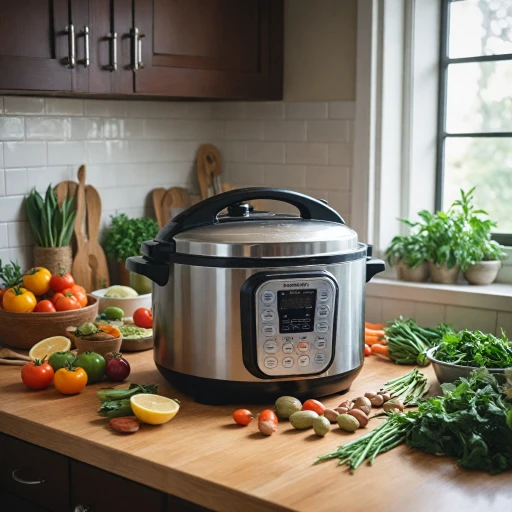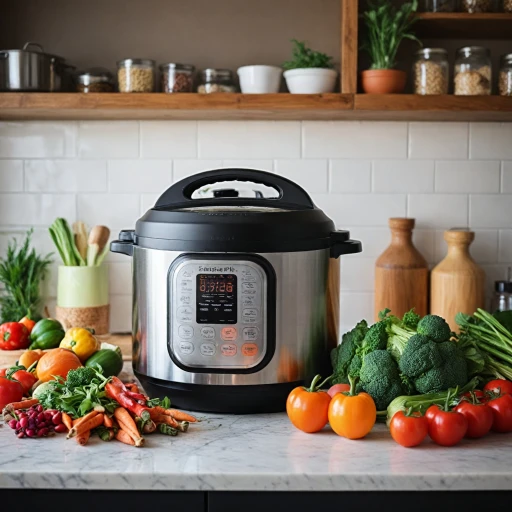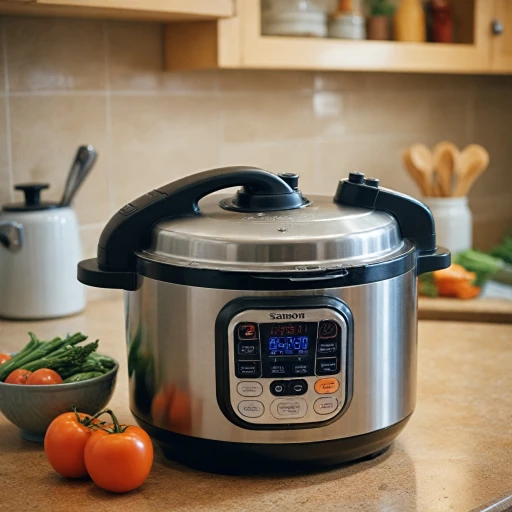
What is Hard Anodized Cookware?
Exploring the Composition and Benefits of Hard Anodized Cookware
The realm of cookware is vast, with a myriad of materials catering to different cooking styles and preferences. Among these, hard anodized cookware has gained remarkable popularity. But what makes this type of cookware stand out, and why is it considered beneficial for both cooking and health? Hard anodized cookware is crafted from anodized aluminum, which undergoes an electrochemical process to make it harder and more durable than regular aluminum. This transformation results in a nonstick surface that is twice as hard as stainless steel, offering an excellent balance between heat distribution and resistance to wear. Unlike traditional aluminum pots and pans, hard anodized cookware is non-reactive, making it safe for preparing acidic foods. Its enhanced durability also allows it to withstand high heat without warping, a feature that appeals to both amateur and professional chefs. One of the high points of hard anodized cookware is its nonstick property, often deemed superior to other nonstick coatings like Teflon. However, when comparing hard anodized surfaces to other popular materials like cast iron or stainless steel cookware, its easy-release feature and lightweight build offer great convenience while cooking. For those mindful of health and safety, it's reassuring to know that cooking on hard anodized surfaces involves fewer health risks than some traditional nonstick alternatives. As long as it’s used within the recommended temperature range and maintained occasionally, it remains one of the safe cookware choices available. For more insights on handling different types of cookware safely, refer to these essential safety tips. In conclusion, the allure of hard anodized cookware lies in its durability, ease of use, and ability to serve up delightful meals without compromising health or safety. As we delve into the comparisons and considerations of various cookware options, it's clear that anodized aluminum provides a compelling option for the modern kitchen.Potential Health Risks of Hard Anodized Cookware
Examining Health Concerns with Anodized Cookware
When discussing hard anodized cookware, it's crucial to address potential health concerns that consumers might have. This type of cookware undergoes an electrochemical process that hardens the aluminum base, enhancing its durability and nonstick properties. However, some individuals may question the safety of cooking with anodized pots and pans. Firstly, it's essential to consider the aluminum component. Though anodized aluminum is sealed, preventing it from leaching into food, concerns arise with prolonged exposure to high heat. Yet, this is unlikely during typical cooking scenarios. For those cautious about aluminum, choosing cookware with a stainless steel surface can offer peace of mind. Another health consideration is the nonstick coating, which provides a convenient cooking experience by minimizing food sticking. While the coating on anodized cookware is generally considered safe, it’s vital to ensure it's not scratched, as damages may compromise the nonstick feature and lead to potential metal exposure. Regular inspection can mitigate this risk. When comparing anodized cookware to alternatives like cast iron or stainless steel, it's worth noting the distinct benefits. Cast iron is renowned for its excellent heat distribution and durability, though it requires maintenance to prevent rust. In contrast, anodized pots and pans are easy to maintain and resistant to corrosion. Consumers should also be aware of specific food types, such as acidic foods, which may interact differently with various metals. Anodized cookware offers a protective barrier against reactions that might occur with uncoated metals, making it a versatile choice in the kitchen. Overall, while the health risks associated with hard anodized cookware are minimal, understanding safe usage practises is beneficial. For further insights into proper precautions, explore this instruction manual resource to ensure cookware safety in any culinary environment.Comparing Hard Anodized Cookware to Other Materials
Material Comparisons: Anodized Aluminum vs. Other Cookware
When considering the best cookware for your kitchen, it's essential to understand how hard anodized aluminum compares to other materials. Each type of cookware has its unique properties, affecting everything from heat distribution to health implications.
Stainless Steel: The Durable Choice
Stainless steel cookware is renowned for its durability and resistance to rust and corrosion. Unlike anodized aluminum, it doesn't react with acidic foods, making it a safe choice for a variety of recipes. However, stainless steel can sometimes cause food to stick, requiring more oil or butter during cooking. Its heat distribution isn't as even as anodized aluminum, but it excels in high-heat cooking scenarios.
Cast Iron: The Classic Heavyweight
Cast iron is another popular choice, known for its excellent heat retention and natural nonstick surface when properly seasoned. It's ideal for slow-cooking and browning meats. However, cast iron is heavy and can be cumbersome to handle. It also requires regular maintenance to prevent rust, unlike the low-maintenance anodized cookware.
Copper Cookware: The Heat Conductor
Copper cookware offers superior heat distribution, making it a favorite among professional chefs. However, it requires a lining of another metal, like stainless steel, to prevent reactions with food. This makes it less straightforward than anodized aluminum, which is inherently non-reactive due to its protective layer.
Nonstick Cookware: Convenience with Caution
Nonstick cookware is prized for its ease of use and quick cleanup. However, it can pose health risks if the nonstick coating is damaged or overheated. Anodized aluminum offers a more durable surface that resists scratches and maintains its nonstick properties longer, making it a safer alternative for everyday cooking.
In summary, while each type of cookware has its advantages, hard anodized aluminum stands out for its balance of durability, heat distribution, and safety. For those interested in exploring more about the essential components of a pressure canner, you can find detailed information here.
Safety Tips for Using Hard Anodized Cookware
Ensuring Safe Use of Hard Anodized Cookware
When integrating hard anodized cookware into your kitchen, it’s crucial to follow some essential safety practices to ensure both the health of you and your loved ones, and the longevity of your cookware. Here are some key tips you should consider:
- Avoid High Heat: While hard anodized cookware is known for its durability and ability to conduct heat efficiently, it's best to avoid exposing it to excessively high temperatures. Prolonged exposure to heat can compromise the nonstick surface and potentially release harmful substances.
- Use Appropriate Utensils: Opt for wooden, silicone, or plastic utensils when cooking with anodized pans. Metal utensils can scratch the anodized surface, leading to the exposure of the underlying aluminum.
- Be Cautious with Acidic Foods: Although anodized cookware is generally more resistant to reactions with acidic foods, prolonged cooking of highly acidic ingredients may affect the nonstick surface and the underlying metal. It’s a good practice to monitor cooking times and clean thoroughly afterward.
- Proper Maintenance: Regularly clean your anodized aluminum cookware gently with mild soap and a non-abrasive sponge to preserve its surface. Avoid harsh chemicals or scrubbers that could wear down the protective layer.
- Check Compatibility: If using an electric pressure cooker, ensure that your hard anodized cookware or any other metal pots pans are compatible, as not all materials may react well with the pressure and heat generated. Consulting the manufacturer's guidelines can prevent any mishaps.
These precautionary steps will aid in maintaining the integrity of your anodized cookware and ensuring that it's a safe cooking companion for a variety of meals. As with any type of cookware, it's essential to understand its properties to maximize both safety and durability.
